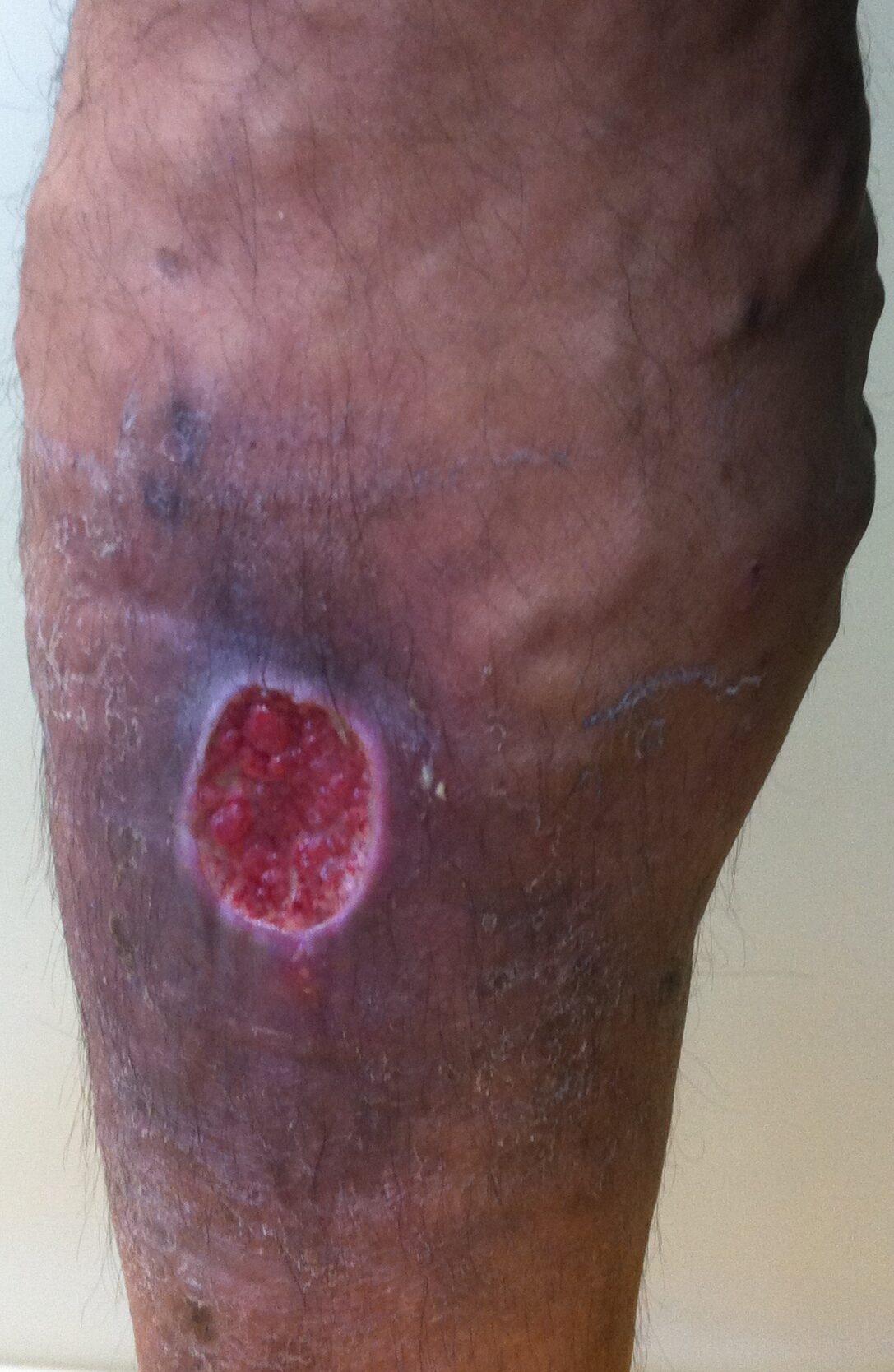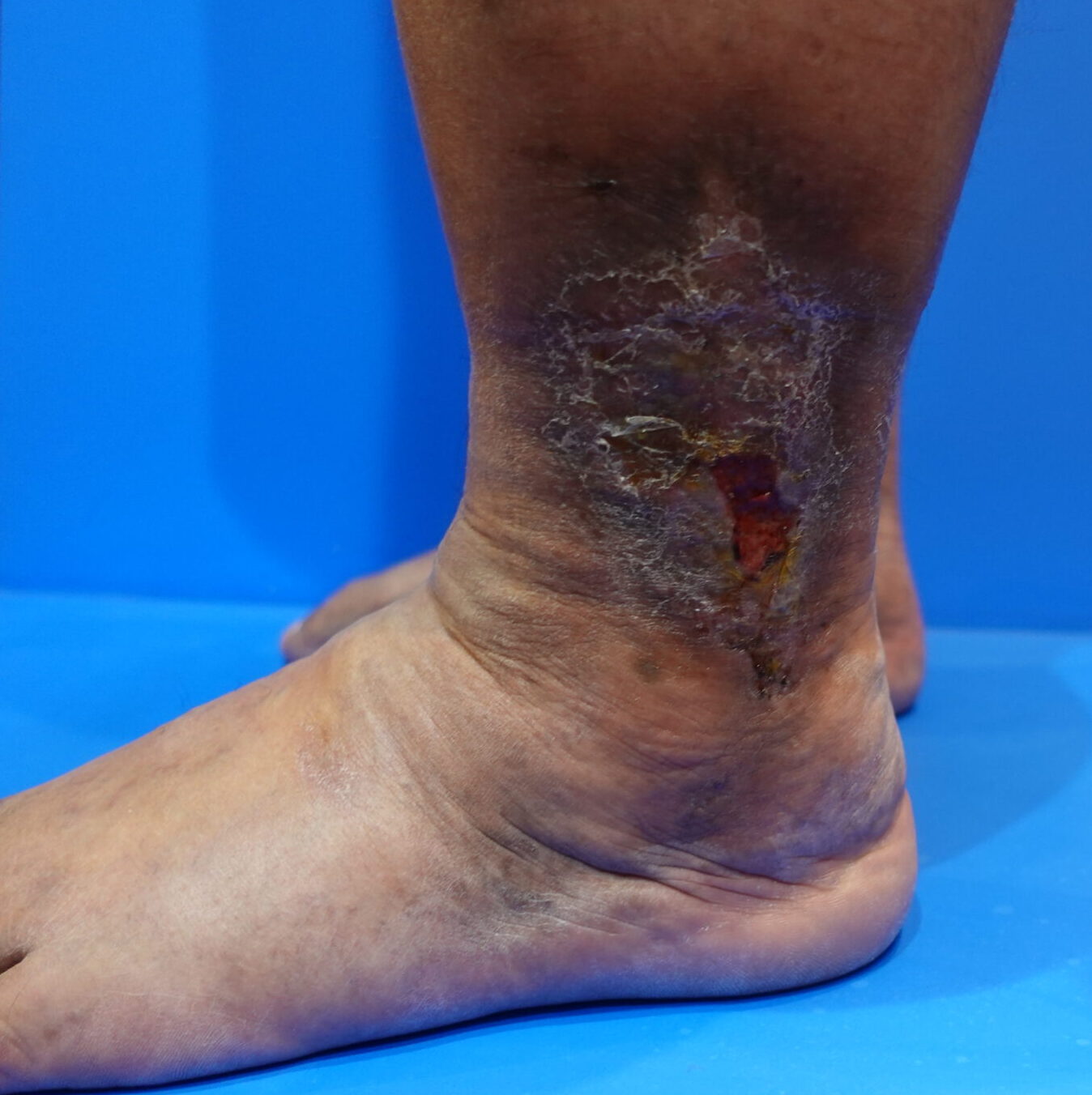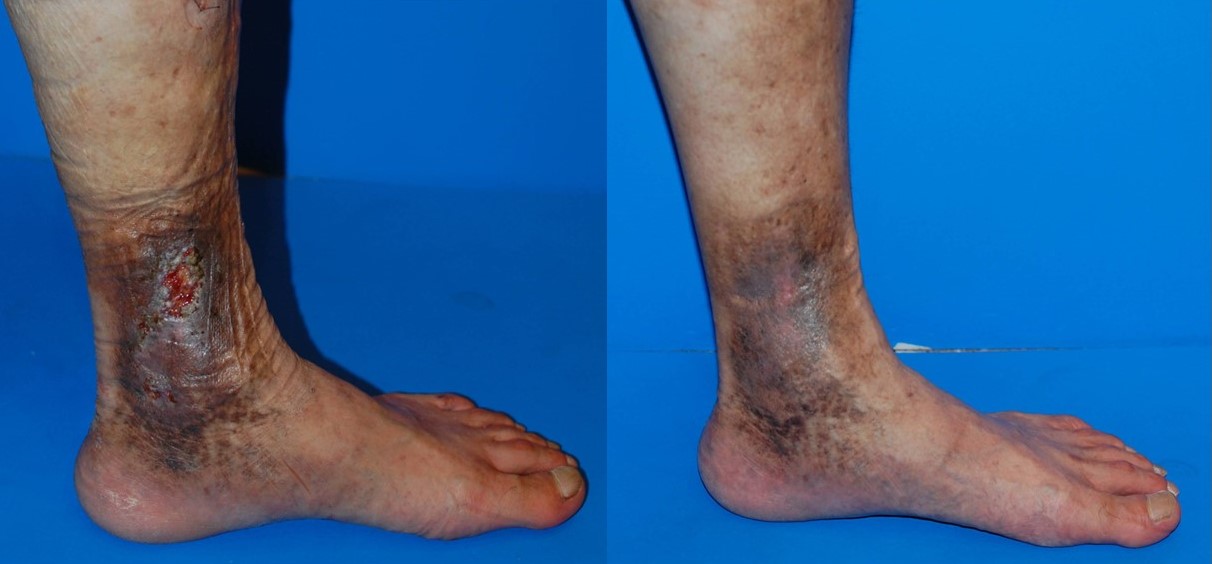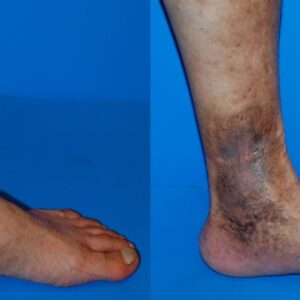Suspect Varicose Veins in the Legs If Skin Ulcers Are Slow to Heal!
Do you have skin ulcers on your legs that seem to take a long time to heal? If treatment from a dermatologist isn’t improving the condition, it may be due to varicose veins in the legs.
What Are Varicose Veins?
Varicose veins in the legs refer to a condition where the veins no longer function properly, causing blood to flow backward. Normally, veins have valves that prevent the backflow of blood as it returns to the heart. However, when these valves malfunction, blood pools in the legs, causing the veins to become enlarged. As this condition progresses, it can lead to the formation of skin ulcers.


The Link Between Varicose Veins and Skin Ulcers
When varicose veins disrupt blood flow in the legs, the skin doesn’t receive enough oxygen and nutrients, making it harder for wounds to heal. Ulcers are more likely to develop in areas such as the ankles and calves, where blood tends to stagnate, and the skin is thinner. These ulcers often become chronic and are difficult to treat with standard care.
Early Diagnosis and Treatment Are Key
If a skin ulcer on your leg is slow to heal, varicose veins might be the underlying cause. It’s important to see a specialist who can diagnose the condition early. With proper treatment, you can heal the ulcer and prevent further complications. Treatment options include compression therapy, laser treatment, or, in some cases, surgery. These methods help stop blood from flowing backward, reducing the burden on the skin.

Conclusion
If a leg ulcer isn’t healing despite using topical medications, consider the possibility of varicose veins. Proper treatment not only heals the ulcer but also restores the overall health of your legs. If your leg ulcer isn’t improving, consult a varicose vein specialist as soon as possible for early intervention.




